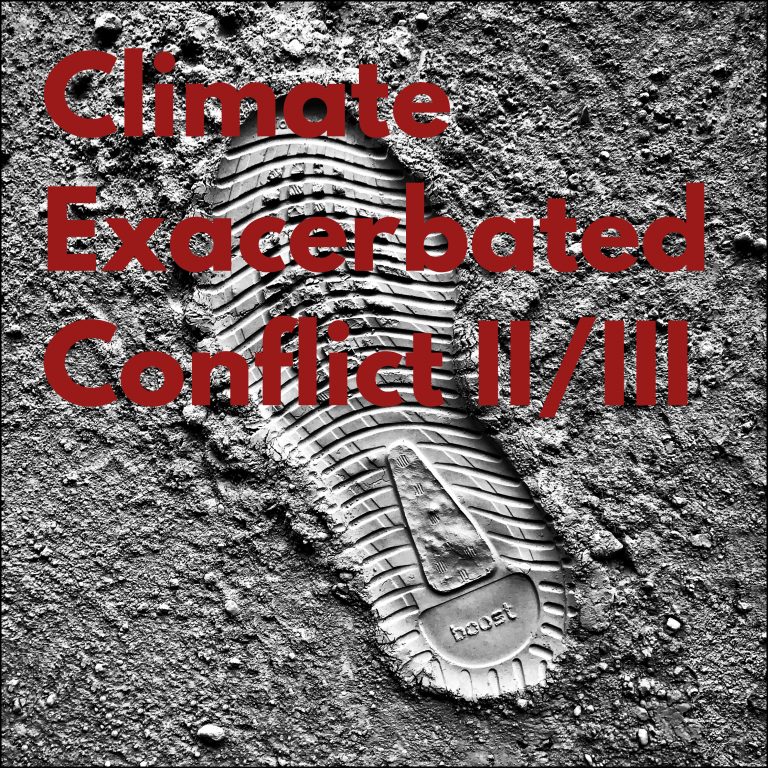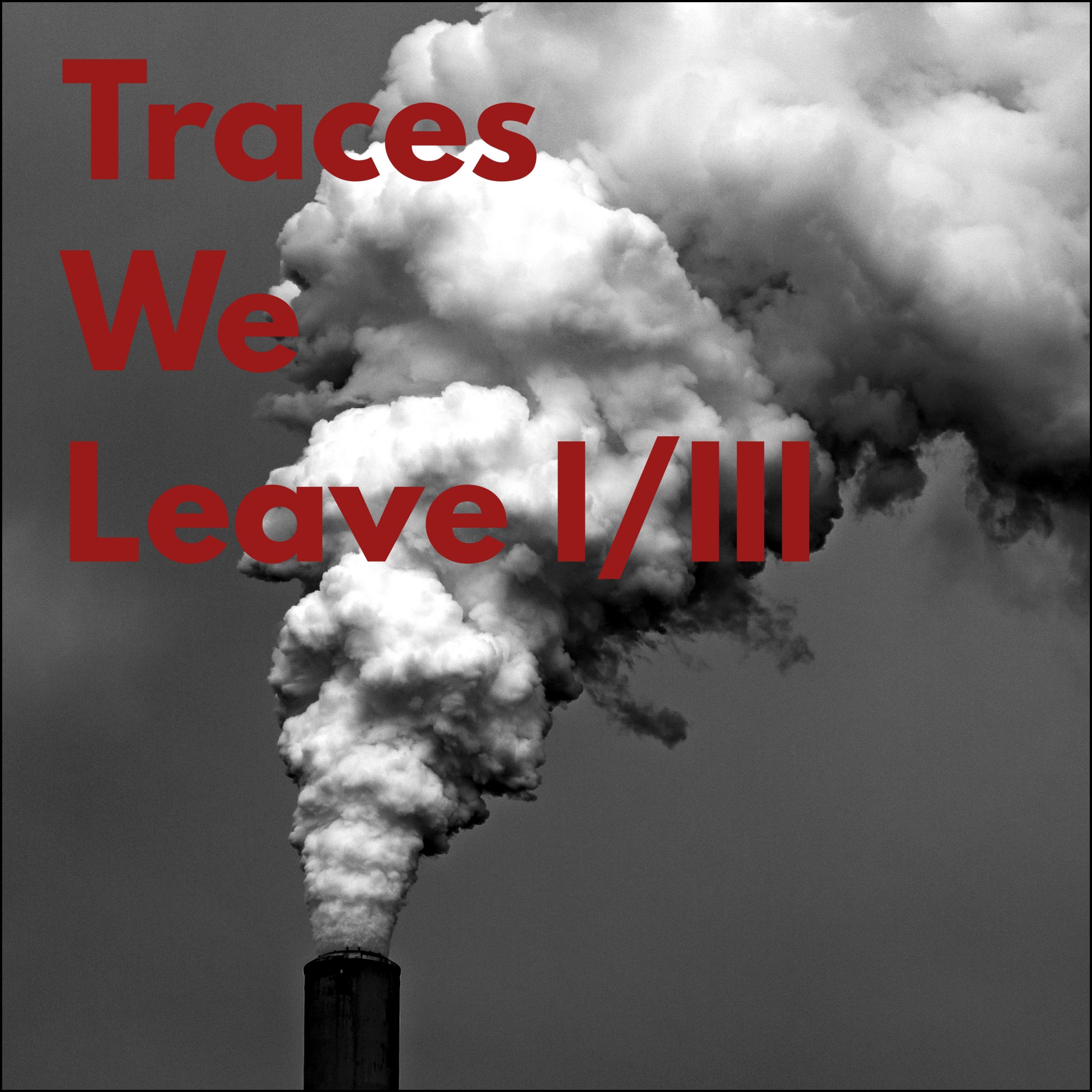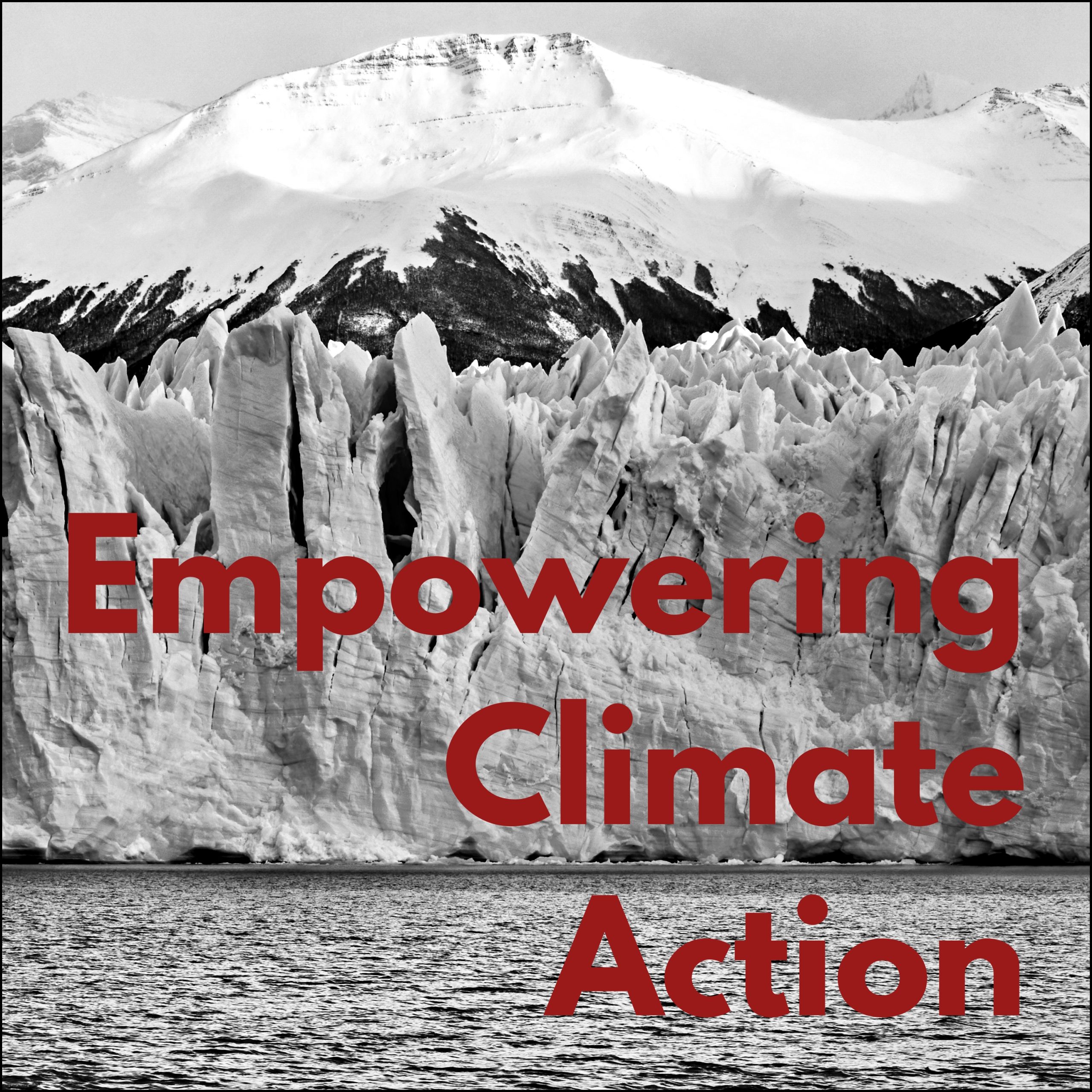Adaptation and resilience in the face of intensifying climate impacts depend on climate finance. However, fragile and conflict-affected regions, exactly where climate risks and human rights vulnerabilities are most acute, continue to receive chronically inadequate funding, despite growing global commitments.
At Broadpeak, we collaborate with industry experts, impact-driven investors, and academic institutions to address urgent global challanges. Through our articles and trilogies, we aim to share the insights we have gained from these projects with our network. Explore all of our published articles and trilogies in the blog section of our website.
The Climate Finance Gap in Fragile Contexts
The crucial gap in how climate finance handles conflict areas is highlighted by Anokh Sreejith, a sustainability and human rights advocate who is a member of YOUNGO and the Global Shapers Community: “Despite increasing global commitments, climate finance allocation disproportionately neglects fragile and conflict-affected states. These regions, often on the frontlines of both climate change and protracted violence, receive a fraction of the per capita adaptation funding compared to more stable counterparts. This systemic oversight leaves vulnerable populations exposed to climate-induced displacements, resource scarcity, and intensified social tensions, directly undermining their fundamental rights.”
Billions of dollars in climate finance have been raised by the international community to aid in mitigation and adaptation initiatives around the world. However, an increasing amount of data points to a recurring and concerning trend: a disproportionately small portion of these funds are allocated to fragile and conflict-affected states.
Although fragile and conflict-affected states (FCAS) are disproportionately vulnerable to the effects of climate change, less than 10% of global adaptation finance is allocated to them, according to a 2023 report by the United Nations Environment Programme. This financing disparity is a part of a larger and concerning trend: the global adaptation finance gap is growing and currently stands between US$194 billion and US$366 billion annually, indicating that adaptation finance needs are at least 50% higher than previously estimated and 10–18 times greater than current international public adaptation finance flows.
According to the report, adaptation progress is slowing rather than accelerating despite the fact that global climate risks are increasing, including extreme weather events like multi-year droughts in East Africa, flooding in China and Europe, and wildfires in North America. The most vulnerable are disproportionately impacted by this underfunding, especially small island developing states (SIDS), least developed countries (LDCs), and fragile contexts where resilience is most urgently needed. The Climate Policy Initiative concurs, estimating that between 2015 and 2020, only around 1% of all climate funding reached nations classified as fragile or impacted by conflict.
This gap is caused by several structural barriers: (1) Risk Aversion by Donors and Investors: Investments are often discouraged by fragile states‘ perceived high financial, political, and security risks. Countries with stable governments and the institutional capacity to carry out programs efficiently are given preference by donors. (2) Complex Funding Architecture: the global climate finance architecture is complex and always evolving. Climate finance is fragmented across multiple channels, with limited coordination between humanitarian, development, and climate actors. (3) Limited Local Participation: Climate finance projects often lack meaningful involvement of local communities, reducing their relevance in conflict-affected contexts. As Fatima Farooq Murawat, Communication & PR Advisor at GIZ, emphasises, “Without genuine local engagement, adaptation efforts risk missing the nuanced needs and priorities of communities on the ground, ultimately undermining their long-term success and resilience.”
Several practical barriers appear at the grassroots level. Pascal Grimm, Project Manager in the Sub-Saharan Africa Unit at the Berghof Foundation, notes that local informal networks often encounter significant bureaucratic challenges that restrict their access to funding. He explains, “Many grassroots organisations lack formal registration or the ability to navigate complex application and monitoring processes. As a result, they often depend on small micro-grants or intermediary support. This creates a reliance on external donors and complicates the sustainability of local adaptation efforts.” Pascal emphasises the need to simplify application procedures and promote more trust-based, flexible funding methods. This would empower local actors to take charge of their adaptation efforts more effectively.
The Missing Link in Fragile and Conflict-Affected Regions
Global climate finance often prioritises large-scale projects and national programs. These do not fit well with the fragmented governance and local needs of conflict-affected communities. As a result, many small-scale, community-led adaptation efforts find it hard to get funding. Funds typically move through international institutions and governments. This creates bureaucratic delays that limit the resources reaching vulnerable populations. This is known as the “last mile” gap. There is also a lack of dedicated funding for integrated climate-conflict programs that tackle environmental damage, resource competition, and social tensions together.
Emerging solutions include blended finance, which combines public and private capital to reduce risks, and direct access models that allow local actors to apply for funds independently. Some climate funds are also starting to use conflict-sensitive criteria to prevent worsening tensions. However, these efforts are still too limited. It is urgent to increase resources, simplify funding, and incorporate conflict sensitivity to better support fragile regions.
Human Rights and Conflict Sensitivity
The long-term effects of violent conflict encompass political, economic, and social aspects. Enduring perceptions of human rights violations committed during wars continue to impact relationships among citizens of post-conflict nations for decades to come. The climate crisis is among the greatest human rights challenges of our time, exacerbating inequalities, deepening precarity, and threatening lives and livelihoods. It raises profound questions about how to protect those populations already suffering from the effects of climate change, including loss and damage, as well as the rights of future generations. Besides the direct human rights impacts of climate change itself, measures designed to mitigate or adapt to climate change can also negatively affect human rights.
In addition to financial shortages, climate finance initiatives usually fail to incorporate conflict sensitivity and human rights, which are essential components of effective adaptation in FCAS. Anokh Sreejith highlights that, “Climate finance without conflict sensitivity risks exacerbating existing grievances. Without understanding local power dynamics and social tensions, projects may unintentionally deepen inequalities or fuel resource competition.”
Although recent climate laws and the UN’s Guiding Principles on Business and Human Rights (2011) call for more conflict-sensitive and human rights-based approaches, their implementation in funding and programming is still uneven. Lara Morlang, Associate Consultant, Human Rights at Systain Consulting GmbH, explains, “Marginalised communities often live in informal settlements without resilient housing or basic infrastructure, and they lack representation in decision-making processes, so their specific vulnerabilities often go unnoticed or unaddressed.” Frequently, this lack of participation leads to adaptation strategies that do not accurately reflect the lived conditions of those who are most at risk, thereby exacerbating rather than mitigating already-existing disparities.
Toward Integrated Solutions
Addressing climate-related conflict risks needs more than technical solutions or isolated actions. It requires integrated strategies that prioritise human rights, recognise the complex social and political factors, and uplift the voices of affected communities. Building resilience in vulnerable areas means supporting local actors who deal with environmental stress and conflict daily. Funding and policies must be flexible, specific to the context, and sensitive to conflict. Only through teamwork and justice-focused approaches can we turn climate challenges from risks into chances for peacebuilding and sustainable development. The time to act is now, before increasing climate pressures deepen divisions and weaken fragile progress.





